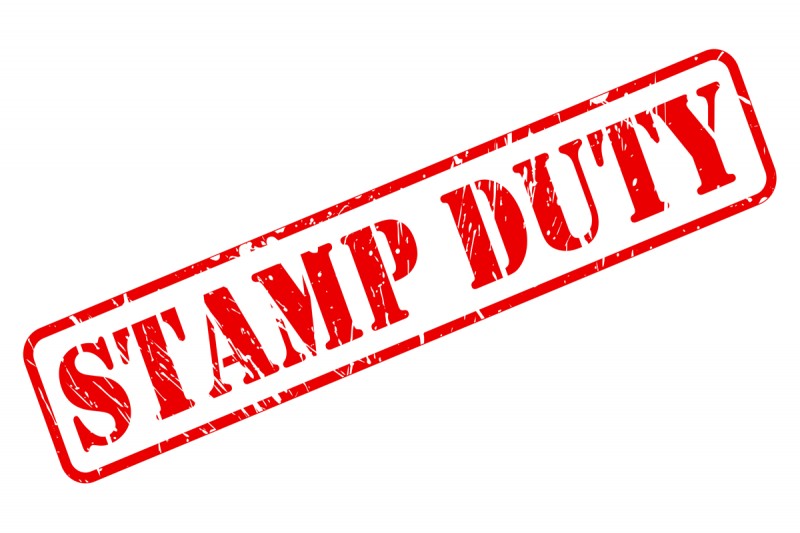Chancellor, Kwasi Kwarteng made the announcement in the House of Commons today as part of a raft of economic reforms. It is hoped cutting the levy will encourage growth by incentivising more people to move property and get more first-time buyers on the housing ladder.
The announcement means no stamp duty will be paid on the first £250,000 of any property, up from £125,000.
For first-time buyers, the threshold is now £425,000, up from £300,000 - saving them a maximum £6,250.
The maximum value of a property on which first-time buyers' relief can be claimed will also rise from £500,000 to £625,000.
For someone buying a £270,000 average home this will mean that their bill is reduced from £3,500 to £1,000.
Experts have said the cut could see house prices go up. The last time the government announced a cut to stamp duty after the coronavirus lockdown, it created a mini boom in the property market, pushing house prices up by 8.5% on average. So, a further cut to the levy could see house prices go up again, despite the average home being worth £292,118.
What is stamp duty?
Stamp duty is charged on the purchase price of a home or piece of land and levelled at different rates above thresholds.
You pay the tax when you:
- buy a freehold property
- buy a new or existing leasehold
- buy a property through a shared ownership scheme
- are transferred land or property in exchange for payment, for example you take on a mortgage or buy a share in a house
The rate a buyer must fork out depends on the price and type of property.
Who pays for stamp duty right now?
Home buyers always pay for stamp duty, not the seller.
This is often done through a solicitor on your behalf as part of the buying process, according to HomeOwnersAlliance.
Home buyers have fourteen days from the date of purchasing a property to file a return to HMRC with any stamp duty due. Not everyone pays the same amount.
If you are a first-time buyer, you can get a discount if the following applies to you:
- You, and anyone else you’re buying with, are first-time buyers
- The purchase price is £500,000 or less - although this will increase to £625,000 as of the Budget announcement this morning
This rule came in on July 1, 2021. You’ll also be eligible for this discount if you bought your first home before July 8, 2020.
How much you pay depends on whether the land or property is residential use or non-residential or mix-use.
There’s a long list of different types of non-residential or mixed-use properties, such as shops, offices and agricultural land, which you can check here.
The government’s Stamp Duty Land Tax Calculator can be used to understand what you should pay.



